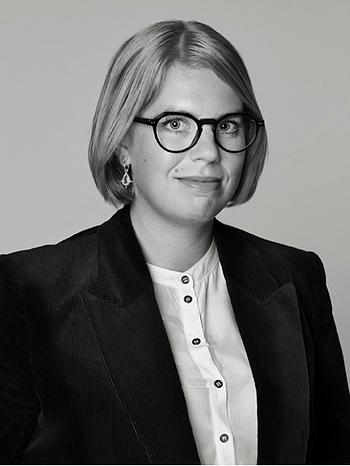Sven X:et Erixson
"Det är morgon, det är Eden"
Signed Sven Erixson and dated -23. Canvas 32 x 50 cm.
Exhibitions
Gummesons konstgalleri, Stockholm, "Svensk naivism", 1949.
Riksförbundet för bildande konst, exhibition no 70.
Riksförbundet för bildande konst, exhibition no 176, "I exotiska länder".
Liljevalchs Konsthall, Stockholm, 12 October - 12 November, 1961, cat no 12.
Moderna Museet, Stockholm, "Sven Erixson-utställningen", November 1969 - January 1970.
Kunstnernes Hus, Oslo, 20 January - 18 February, 1973, "Sven Erixson Bror Hjorth", cat no 5.
Färg och Forn, Stockholm, 1999, cat no 5.
Liljevalchs Konsthall, Stockholm, "X:et", 2003.
Literature
Åström, Holmér, Bjurström m fl, Sveriges Allmänna Konstförening, SAK, 1967, publication lxxv, "Sven Erixsons konst", p. 21-22, illustrated p. 21.
More information
"Alla dessa småmålningar bygger på direkta intryck av verkligheten. De kan vara gjorda som minnesbilder, men de är utlösta ur synupplevelser som konstnären kunnat behålla med oförminskad styrka. Mycket få av hans målningar är rena fantasier; de dekorativa uppgifterna är naturligtvis härvidlag undantagna. Den lilla bilddikten 'Det är morgon, det är Eden', som inspirerats av Karlfeldts dalmålning på vers, står det dekorativa måleriet nära och skulle utmärkt väl ha kunnat komma till användning i sådant sammanhang. Den lilla målningen har dock samma poetiska egenvärde och samma stämning av dröm som uppenbarar sig i exempelvis Linnqvists diktade fantasier. Den har emellertid inte samma förfinade färgstämning utan arbetar med betydligt strävare medel. Huvudanslaget är kyligt blågrönt och brunt i lustgårdsvegetationen och däremot står tämligen hårt de vita kropparna och djuren och de röda frukterna i kunskapens träd. Vad denna målning framför allt visar är hur den unge målaren vunnit så si säkerhet att han vågat släppa loss i en stor romantisk uppgift att måla svepande djärvt". (Ur Åström, Holmér, Bjurström m fl, Sveriges Allmänna Konstförening, SAK, 1967, publikation lxxv, "Sven Erixsons konst", sid. 21-22)
Artist
Sven Erixson, today more commenly known as X, was born in 1899 in Stockholm. He studied to become a decoration painter and art teacher at the Technical School in Stockholm after which he studied at the Higher School of Art and Design alongside study trips to Germany, France, Italy, Spain and North Africa. Despite being an inportant artist amoungst Swedish art, Erixson does not let etiquette and style limit his painting style. His greatest creation is defined by a tempremental style in stark colour patterns. Erixson's paintings balances between impressive, somewhat brutal expressions and a soft lyricism. He is one of the founders of the group Färg och Form, whose primitivist faction he belonged to. With an aura of narrative joy, Erixson recounts his experiences. He had an irresistable desire to share everything that he saw. He was inspired, much like Bror Hjorth of both folk art and mural painting from the middle ages, while also finding inspiration from German expressionism. But he speaks with greatest esteem about Chaim Soutines art. In a multitude of paintings, he conveyed his zest for life, with surfaces filled with swiftly captured figures. During the 1930s, his visual world was filled with family and the idyllic torpor, his canvas became greater and more complete. During the war he painted on butter paper, not only for practicalities sake, but also to take advantage of the slippery reflective surface which the paper supplies. Narration decreased in the 1950s when he was influenced by spontaneity, which in the following years led him to abstract spontaneous painting.
Read more















































